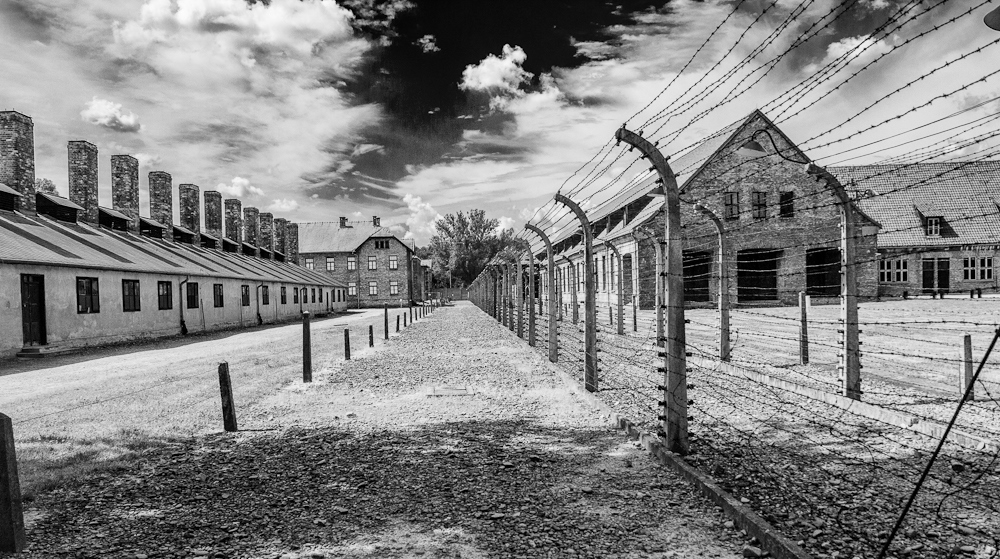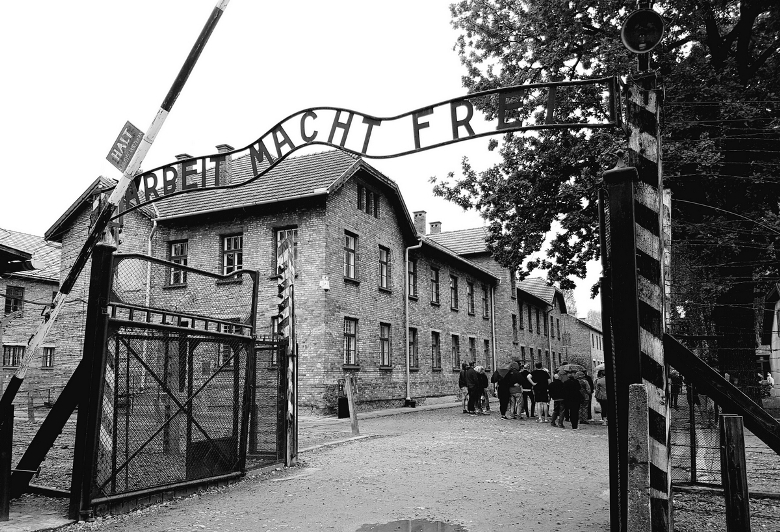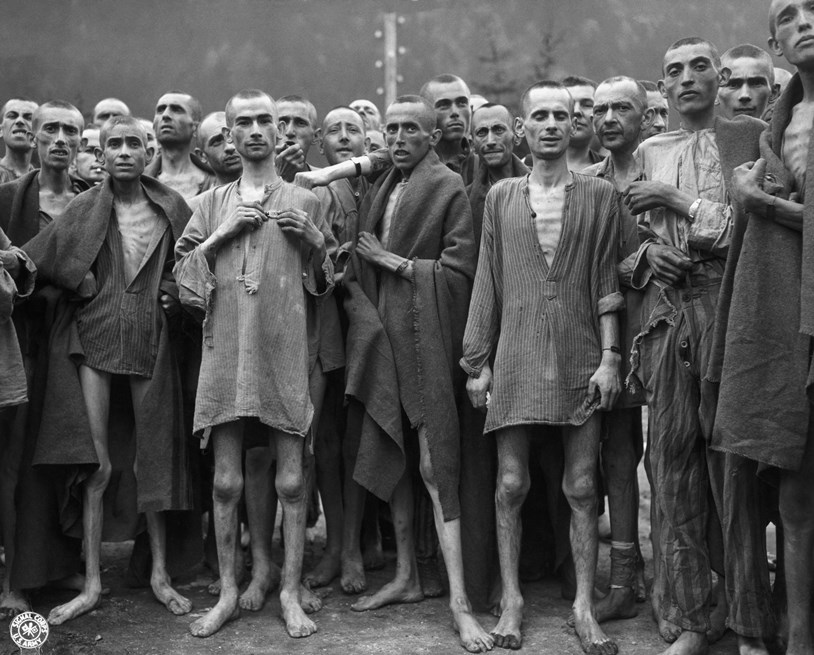
The actual results of the Nazi KL program (in terms of functional value for the Third Reich) were mixed at best. The obvious (and very tangible) positive result was that the Nazis eliminated all political obstacles to their grandiose project of a radical engineering of Germany.
Which was more than successfully accomplished by the end of 1938. As was “reprogramming” of political opponents into a firm and committed supporters of the Nazi regime.
However, the way the Nazis eliminated these obstacles can be classified only as “overkill” (often in a very literal sense). Hitler’s appointment to the position of Chancellor, the Reichstag Fire Decree (and the fire itself) and, finally, the Enabling Act (passed by the German Parliament in a very much legal way) delivered three crushing blows to the opposition (made even more crushing by ruthless destruction of the opposition’s infrastructure by the Nazis).
So crushing, in fact, that after these blows the political opposition ceased to become a credible threat (i.e. obstacle) to the Nazi plans of a radical political, economic, military, social and cultural reengineering of Germany.
Hence, there was no need to send so many political opponents (active and potential) of the Nazi regime to internment camps or treat them so brutally (let alone murder any of them).
Again, Nazi obsession with violence and brutal force and their (bad) habit of choosing the most radical solution to the problem at hand made them commit heinous (and totally unnecessary) crimes against humanity.
It must also be noted that no matter how they tried (and they tried very hard), the Nazis failed to even weaken (let alone eliminate completely) the internal existential threat to their regime.
For a very simple reason – this threat came from the military which was off-limits to Nazi security services. Which is exactly why these services failed to uncover the plot of the senior officers of the Wehrmacht which led to assassination attempt on July 20th, 1944.
Or the previous plot in September of 1938 when only the miraculously (literally) timely signing of the infamous Munich agreement saved Adolf Hitler from being killed and his Third Reich from being destroyed by the Wehrmacht.
Another highly positive result was a radical reduction in crime (and all but complete elimination of organized crime). With career and habitual criminals locked away for good in places like Dachau, the infrastructure of the organized crime annihilated and indefinite “preventive custody” creating a strong deterrent to criminal activity it is no surprise that the number of individuals willing to commit crimes went down dramatically.
Obviously, the KL program made German society much healthier, cleaner and substantially more moral (by Nazi standards, of course). Prior to 1933, Berlin and just about all other large German cities were hotbeds of all kinds of sexual deviations and depravities – from very much accepted in the modern democratic society (i.e. of the LGBTQ) to human trafficking, sexual slavery, child pornography and child prostitution (which are not).
The Nazis ruthlessly all but eliminated “all of the above” – to the applause of mostly conservative, puritan and even prudish German public.
Was it necessary to eradicate “all of the above” by such brutal and violent means? IMHO, it depends. Radical reduction in crime, elimination of the organized crime and ruthless crackdown on human trafficking, sexual slavery, child pornography and child prostitution are probably the only Nazi measures in the “crimes” category that I would wholeheartedly support.
It is important to note that there was no equivalent of the “preventive custody” system in the Soviet Union. Hence it is no surprise that crime in the Bolshevist Soviet Union was far more rampant (and hence a far more serious problem) than in Nazi Germany.
Which was probably the result of a very different system of priorities in Stalin’s mind than in Hitler’s. While the latter wanted to make his people genuinely happy and saw everything else as the means to that (highly noble) end, the former viewed all his subjects (and everyone else) as but a tool in his battle for the conquest of an entire world.
And, last but not the least, the KL system made it possible for the Nazis to mobilize sufficient amount of forced labor from all over Europe (and occupied territories of the Soviet Union) to fight the war of attrition for 3.5 years after the miserable failure of Blitzkrieg on the Eastern front in December of 1941. Which was, of course, an achievement of sorts.
However, this achievement was dubious, to put it mildly. First, Nazi Germany lost the war of attrition, suffered human casualties in the millions, had most of its infrastructure destroyed, lost a quarter of its pre-1938 territory and was occupied and ruthlessly reengineered by the victorious Allies.
Which means that forcing millions of Europeans into slave labor was the wrong way to find the war of attrition. As I will demonstrate in the chapter on “Hilter’s War”, there was a far better way to win the war of attrition – the one that would actually work. Oh, and Hitler could (and should) have won the “lightning war” on the Eastern front – simply by making the right decisions (not the ones that he actually made).
As all Nazi KL were forced labor camps (one way or the other), millions of Germans, Austrians and inhabitants of occupied territories were tortured, exploited, starved and in many cases killed for nothing.
They became the victims not only of inhuman (I would even say demonic) system and processes of the Nazi KL system, but, first and foremost, colossal strategic blunders (political and military) committed by Adolf Hitler and his closest partners-in-crimes.
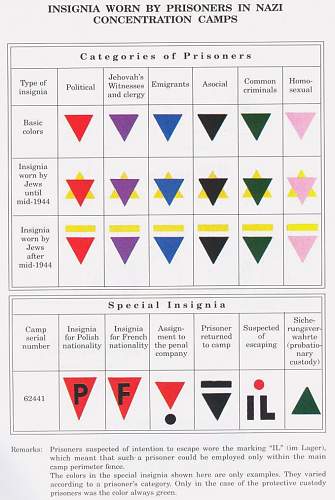

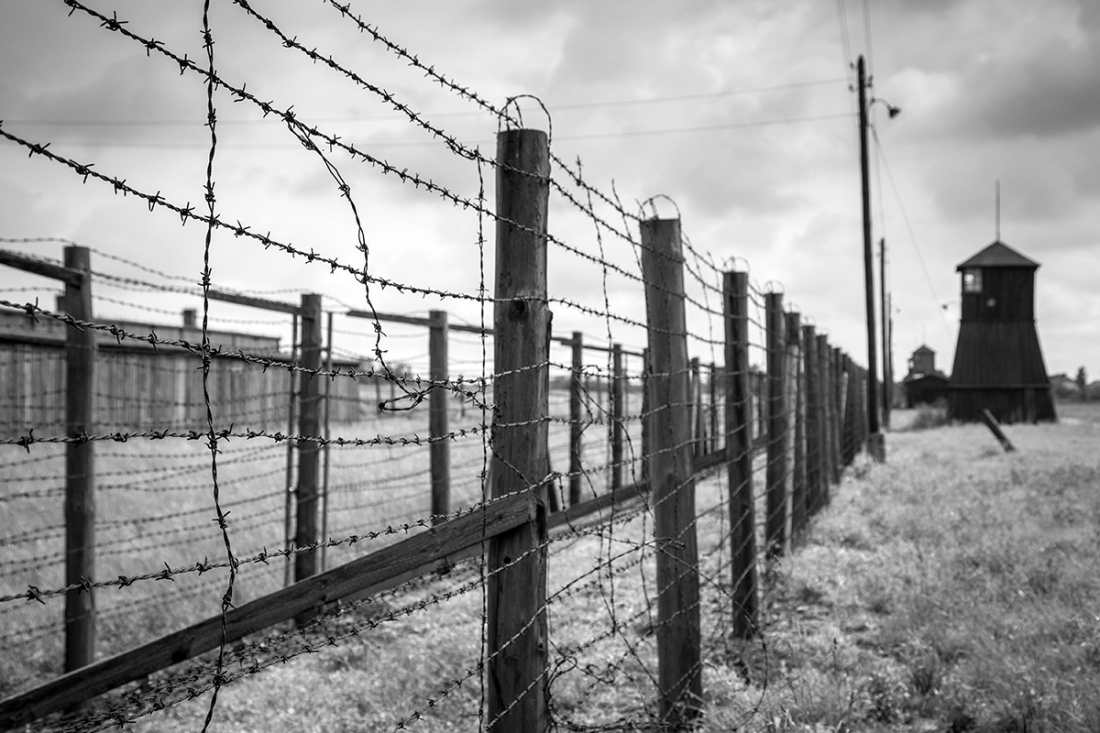
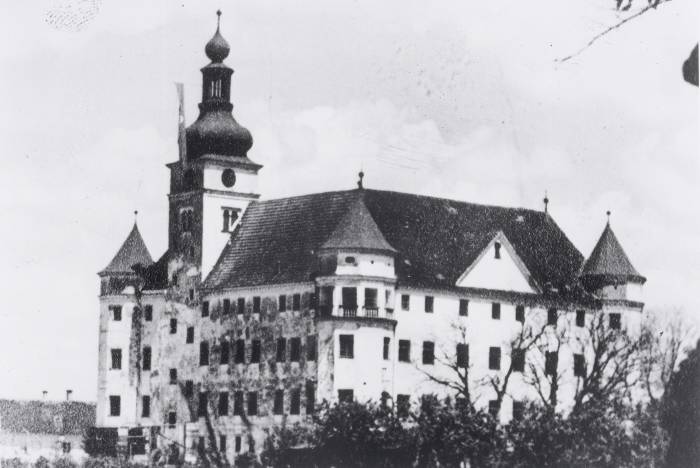
 Aktion 14f13 was in many ways similar to Aktion T4 – the Nazi program of involuntary euthanasia of mentally ill, disabled, disfigured and inmates of hospitals and nursing homes deemed incurable by psychiatrists or physicians and thus judged to be unworthy of being members of Nazi society (which was considered a privilege by the Nazis). I will cover this program in appropriate detail in one of the next subsections.
Aktion 14f13 was in many ways similar to Aktion T4 – the Nazi program of involuntary euthanasia of mentally ill, disabled, disfigured and inmates of hospitals and nursing homes deemed incurable by psychiatrists or physicians and thus judged to be unworthy of being members of Nazi society (which was considered a privilege by the Nazis). I will cover this program in appropriate detail in one of the next subsections.
